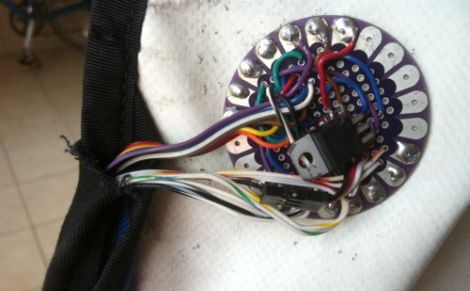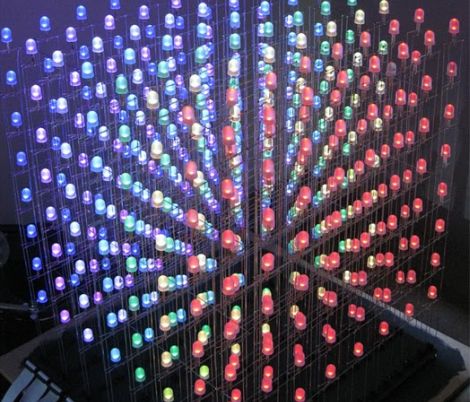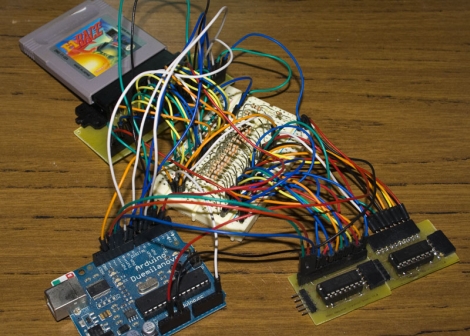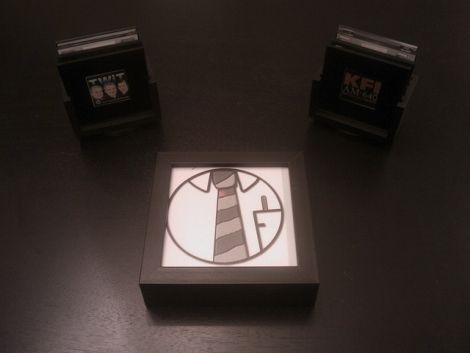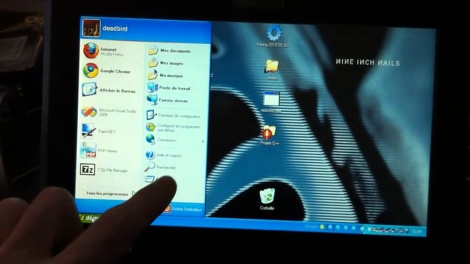SNES Arcade Cabinet

[Daniel] let us know that he finished up a SNES arcade cabinet he has been working on for awhile. It looks so good, he says that his wife has even agreed to let him keep it in the house!
DIY Overhead projector beamer

[Liquider] sent us some information about a DIY beamer he built using an overhead projector and an old LCD panel. It looks like a great way to get a big-screen wall display set up in no time.
WordClock gets a makeover

[Doug] wrote in to share with us some progress he has made on his WordClock. You might remember our coverage of this creative timepiece a little while back. This time around, he has built a new control board, and is using vinyl stencils for a much cleaner look.
Interactive water fountain

[Gerry Chu] is well known for his water-based imagery and projects. His most recent project is a water fountain that interacts with passers by. There are no real build details as of yet, but we hope to see some soon.
Sixty Symbols explains why glass is transparent

Do you think you know why glass is transparent, but a brick is not? If you looked it up via Google, you are likely mistaken. A professor from the University of Nottingham explains why the Internet is so, so wrong about this, as well as how energy gap determines if photons of light can make it through a piece of glass. [via i09]

